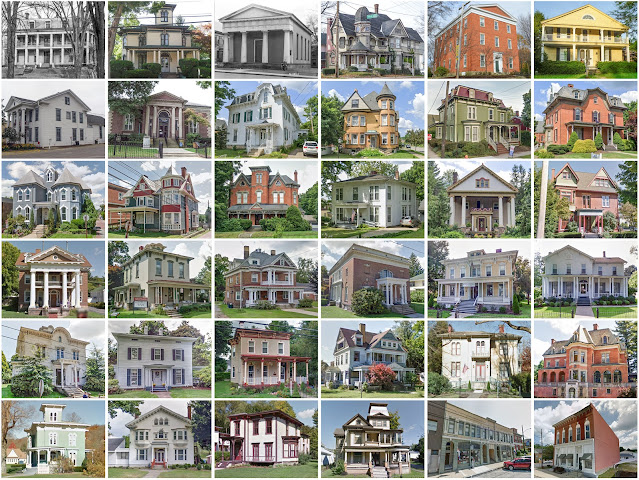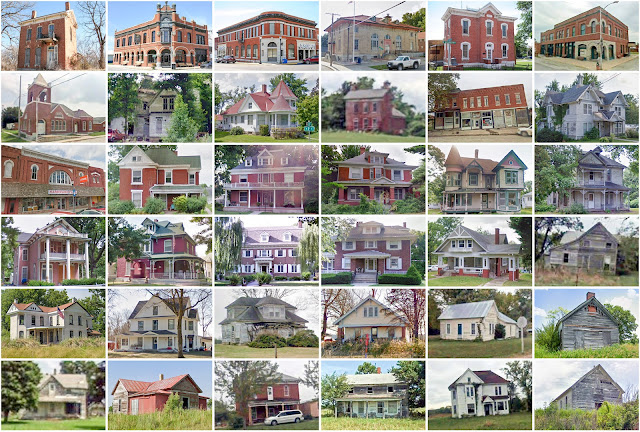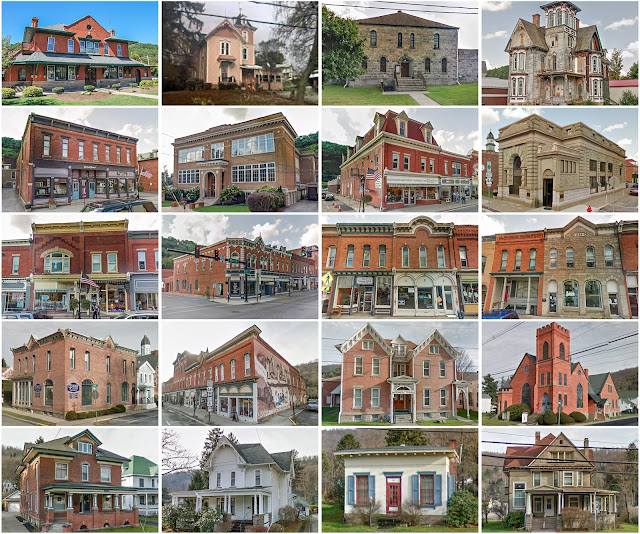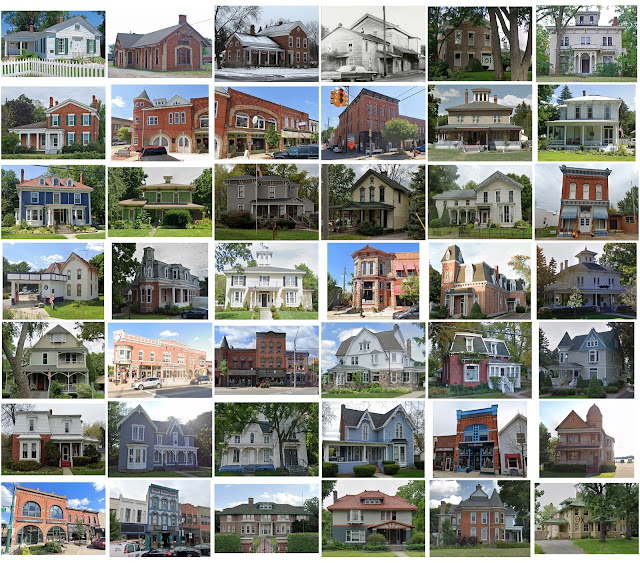Stark County, Illinois
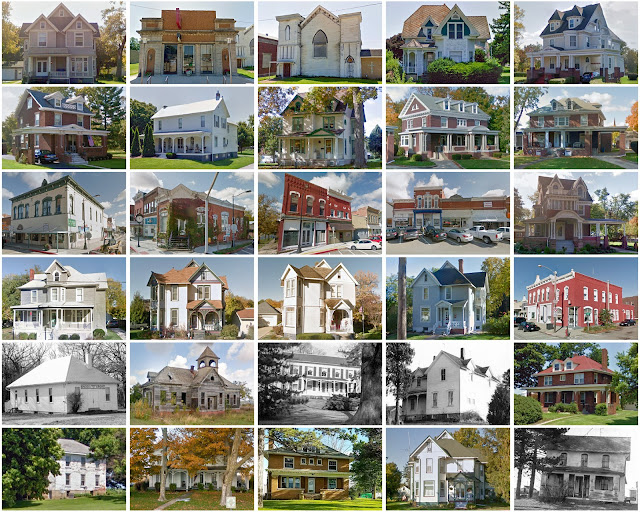
Founding: 1839 Parent counties: Knox and Putnam Namesake: John Stark, Continental Army officer Seat: Toulon (1841–) Land area: 288 square miles Population (2020): 5,400 Population (historic): 1,573 (1840); 9,004 (1860); 11,207 (1880); 10,186 (1900); 9,184 (1930) Periods of population growth: pre-1840–1880; 1890s Subdivisions: Two cities; two villages; eight townships National Register listings: One Pre-1940 residences (estimated): 1,101 (41.4%) Pre-1940 housing survival rate: 53% Pre-1860 housing survival rate (1940): 12.4% Farm housing in disrepair (1950): 7.3% Nonfarm housing in disrepair (1950): 8.1% Average farmhouse value (1930): $2,528 Average outbuilding value (1930): $3,055 Average farmhouse size (1940): 7 rooms Number of farms (1920): 1,077 Average farm size (1920): 146.2 acres Sources of settlement: Ohio, Pennsylvania, New York, and Ireland _________________________________________________________________________________ To




